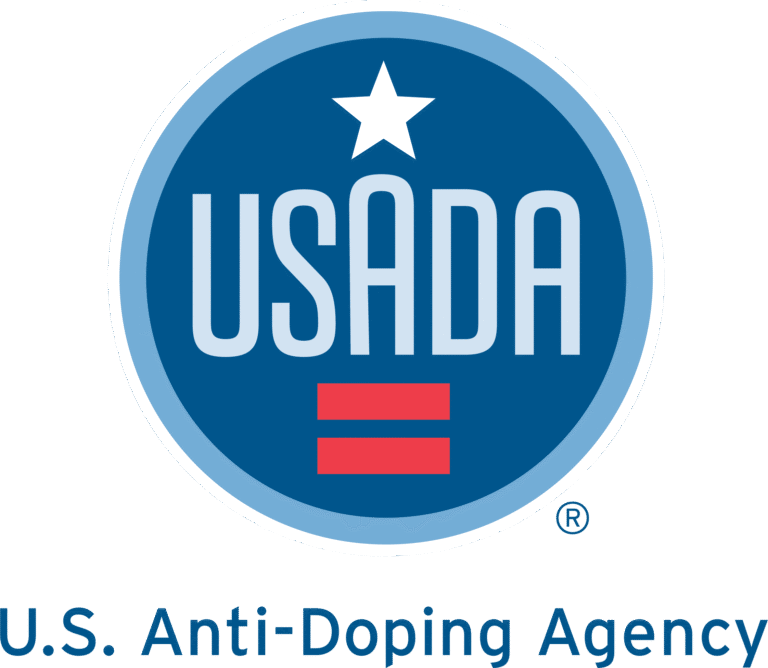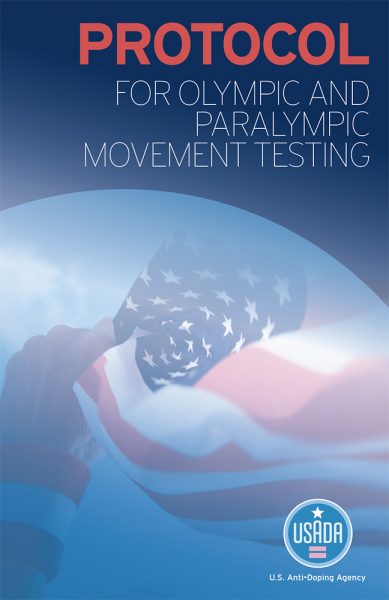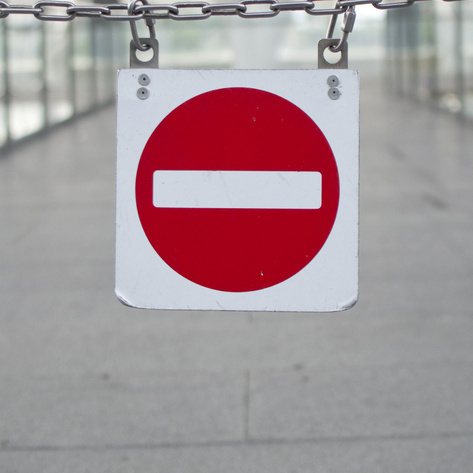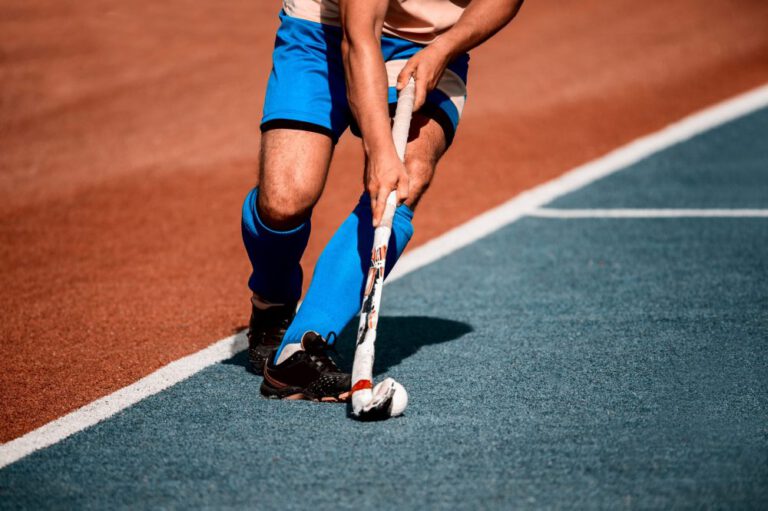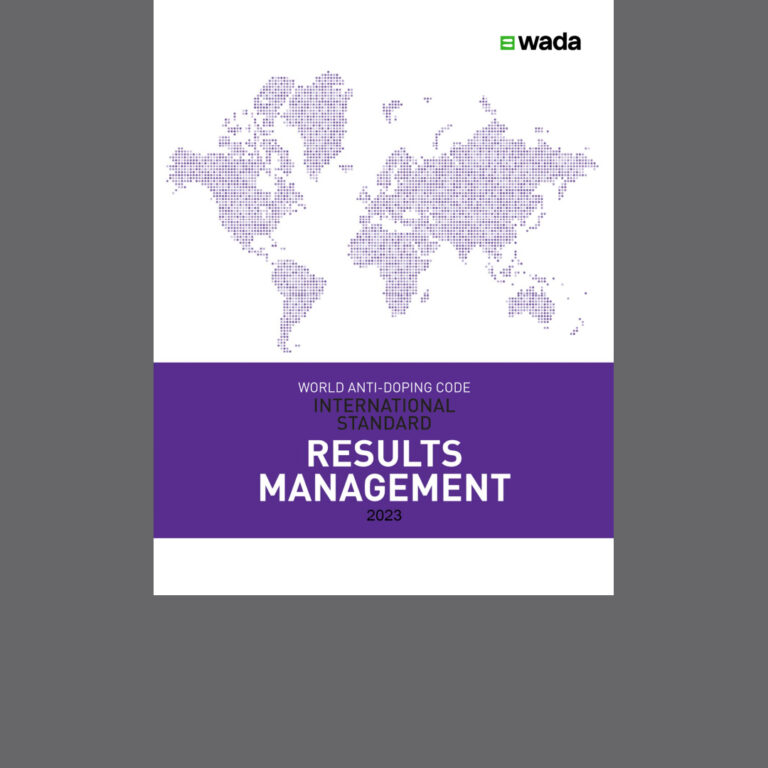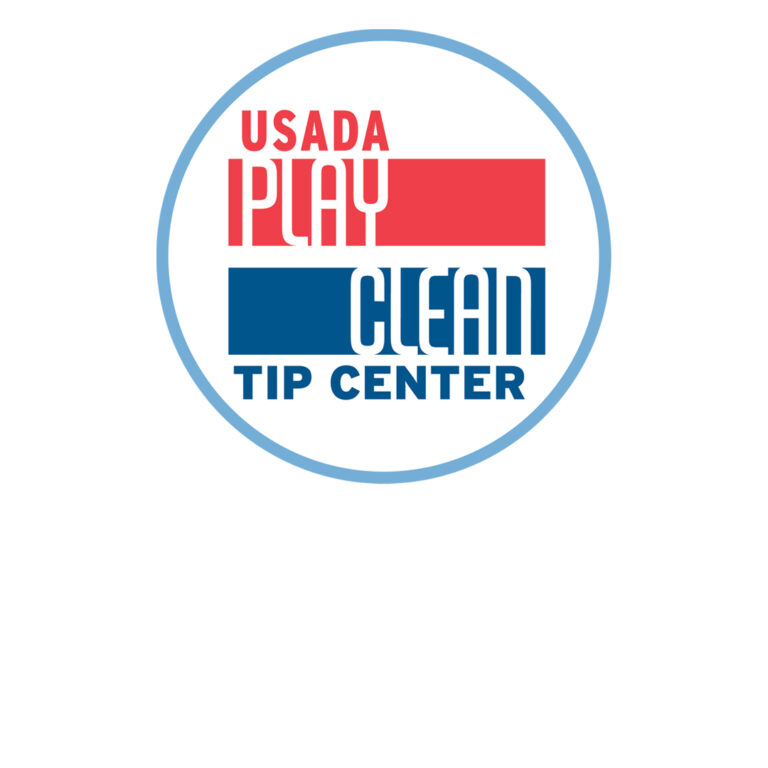Results Management Resources
Policies and Resources to Navigate Results Management and the Adjudication Process
Understand the results management and adjudication processes that athletes and support personnel are subject to under global anti-doping rules. Find sanctions, arbitration decisions, and the prohibited association list of non-athlete sanctioned individuals.
Adjudication Process
What is the Adjudication Process?
The results management and adjudication process is designed to balance the interest of clean athletes in not competing against another athlete or athletes facing an unresolved doping charge, with the opportunity for athletes and other persons who have been charged with an anti-doping rule violation to have an opportunity for a hearing prior to being declared ineligible to participate in sport. USADA’s adjudication process is compliant with the Ted Stevens Olympic & Amateur Sports Act, the World Anti-Doping Code, and the United States Olympic & Paralympic Committee (USOPC) National Anti-Doping Policy, which was approved by the USOPC Athletes’ Advisory Council. Click the button below for a summary of the results management process. For more detailed information, please read the USADA Protocol for Olympic and Paralympic Movement Testing.
Identification of an
Anti-Doping Rule Violation
Although an anti-doping rule violation (ADRV) most often occurs as the result of a WADA laboratory reporting to USADA an adverse analytical finding (AAF), i.e., a positive test, an ADRV can occur from any of the following.
- The presence of a prohibited substance or its metabolites or markers in an athlete’s sample.
- Use or attempted use by an athlete of a prohibited substance or a prohibited method.
- Evading sample collection, or refusing, or failing to submit to sample collection without compelling justification after notification by a duly authorized person.
- Violation of applicable requirements regarding athlete availability for out-of-competition testing. Any combination of three missed tests and/or filing failures within a twelve-month period as determined by anti-doping organizations with jurisdiction over the athlete shall constitute an anti-doping rule violation.
- Tampering or attempted tampering with any part of doping control.
- Possession of a prohibited substance or a prohibited method.
- Trafficking or attempted trafficking of any prohibited substance or prohibited method.
- Administration or attempted administration to any athlete in-competition of any prohibited method or prohibited substance.
- Administration or attempted administration to any athlete out-of-competition of any prohibited method or any prohibited substance that is prohibited out-of-competition. Assisting, encouraging, aiding, abetting, conspiring, covering up or any other type of intentional complicity or attempted complicity involving an anti-doping rule violation, attempted anti-doping rule violation or violation of a provisional suspension or period of ineligibility by another person.
- Associating with coaches, trainers, physicians, or other athlete support personnel who are sanctioned and/or criminally convicted of doping. Some examples of assistance include obtaining training, nutrition, or medical advice, and/or allowing the individual to serve as an agent or representative.
- Discouraging or retaliating against someone from good-faith reporting of information that relates to an alleged anti-doping rule violation or alleged non-compliance with the Code.
Next Steps
Athlete's Decision
In the event that a WADA laboratory reports an AAF for an athlete’s A sample, the athlete may request the B sample to be tested to confirm the presence of the prohibited substance and/or prohibited method detected in the A sample. The athlete has the opportunity to be present when the B sample is opened and analyzed. Once the B sample analysis is waived or confirms the A sample results, USADA can charge an athlete with an anti-doping rule violation.
Once charged with an anti-doping rule violation, an athlete can choose to accept the proposed sanction or request a hearing before an independent arbitrator(s). If an athlete ignores USADA’s charging letter, a sanction is imposed after a set period of time.
Independent Arbitration Hearing
An athlete charged with an anti-doping rule violation is entitled to have their case heard by an independent arbitrator not affiliated with USADA. All evidence is subject to disclosure in accordance with the law and witnesses’ testimony is given under oath and subject to penalty of perjury and cross examination. The arbitrator provides a written decision to all parties. If an anti-doping rule violation is declared, the decision will be available on USADA’s website.
Independent Arbitration Hearing
The athlete, USADA, WADA, or the relevant international sport federation (IF) can appeal the decision to the Court of Arbitration for Sport (CAS). A decision delivered by CAS is final.
Frequently Asked Questions
Got Questions?
Click on the question to drop down the answer.
How is an athlete informed of an Adverse Analytical Finding or other potential anti-doping rule violation?
After receiving notification from the laboratory of an Adverse Analytical Finding (AAF), or if USADA has decided to move forward with a non-analytical case (proof of a violation based upon evidence other than an AAF), USADA will notify the athlete, the USOPC, the relevant IF, WADA, and the athlete’s NGB. When the athlete’s ”A”’ sample has returned a positive result, the athlete will have the opportunity to request that their “B” sample be tested and be present at the laboratory for the ”B” sample opening.
How long after an Adverse Analytical Finding report by the laboratory does the "B" sample opening and analysis occur?
The “B” sample opening and analysis typically occurs within 10 working days after the athlete’s request that their “B” sample be analyzed.
What happens if the "B" sample analysis confirms the Adverse Analytical Finding?
This is considered a positive test and USADA will charge the athlete with an anti-doping rule violation.
Does the athlete have the right to a hearing if USADA proceeds with adjudication as a result of a positive test, or other potential rule violation?
Yes. The athlete has the right to contest the sanction sought by USADA by electing to proceed to a hearing before the independent arbitral body designated to resolve alleged rule violations.
What rules apply to the hearing process?
The standard commercial arbitration rules of the independent arbitral body, as modified by USADA’s Procedures for the Arbitration of Olympic & Paralympic Sport Disputes, apply to the hearing process.
How long does the hearing process take?
The hearing will be completed within two months of the appointment of the arbitrator, except in cases involving extraordinary circumstances, upon good cause shown by a party, in cases of sufficient complexity where completion within two months is not reasonable, or if the parties mutually agree on a different schedule.
What rules apply to sanctions for anti-doping rule violations?
Under the USADA adjudication process, sanctions for anti-doping rule violations must be consistent with the World Anti-Doping Code, the relevant IF rules, or the USOPC National Anti-Doping Policies.
Who pays for the adjudication process?
USADA pays all administrative costs relating to the testing and results management of the athlete’s sample. The athlete pays for all of their defense, including travel, legal fees, and expert witness costs. The parties’ responsibility for the costs of the arbitration process are set forth in Rules 25(c) and 45-48 of USADA’s Procedures for the Arbitration of Anti-Doping Rule Violations.
Does the International Federation have a role in the adjudication process?
The IF receives notice of all steps in the process after a decision to move forward with a case has been made. The IF is invited to appear as a party or observer at the arbitration hearing and has the right to appeal the decision under the World Anti-Doping Code.
If the Adverse Analytical Finding arises from a test conducted by the IF, does USADA bring the case?
In many cases, if a test conducted by an IF on a U.S. athlete results in an Adverse Analytical Finding, the IF will forward the case to USADA to handle the results management process and adjudication.
